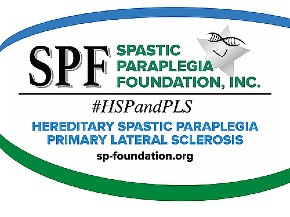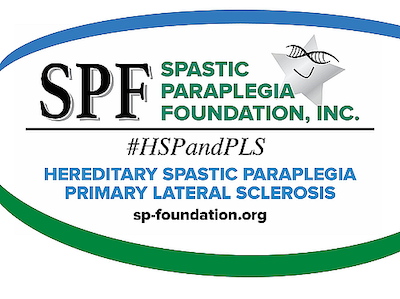How is PLS diagnosed?
PLS is diagnosed via a careful clinical examination, by excluding other disorders that cause progressive spasticity and weakness, and by an extended observation period. Tests include a complete neurological examination, blood work, an MRI of the brain and spine, motor and sensory nerve conduction studies, and cerebrospinal fluid analysis. Some of these tests are repeated periodically. Conditions that can be ruled out with testing are tropical spastic paraparesis (TSP), vitamin deficiencies (B12 or E), thoracic spine herniated disks, spinal cord tumors or injury, cerebral palsy, and multiple sclerosis.
Some that may not be ruled out initially include forms of Amyotrophic Lateral Sclerosis where there is no or minimal lower motor neuron involvement, and Hereditary Spastic Paraplegia where there is just lower body and no lower motor neuron involvement. Within a few years, it is evident whether the disorder is actually ALS. Continued observation of clinical symptoms helps differentiate PLS from HSP.
Our Impact since our inception...
-
Dollars Raised
Over 12,000,000 dollars for research!











